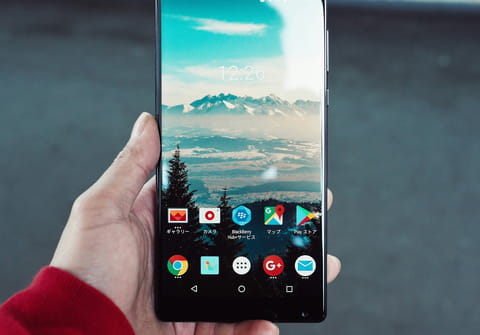Android: Three Permissions You Should Never Grant to Apps

Malware targeting Android devices has increased, often exploiting permissions that users unknowingly grant. While Android's open nature makes it a target, you can protect your device by carefully managing specific permissions.
The threat of malware on Android devices has grown significantly in recent years. Users often leave their devices vulnerable by granting certain permissions that can be exploited by malicious software.
While Android is not inherently less secure than other mobile operating systems, its open nature and large user base make it a prime target for cybercriminals. Malware often gains access to Android devices by exploiting specific permissions, which can compromise your privacy and security.
Here are three critical Android permissions that, if mishandled, can leave your device exposed to malware:
1. Accessibility Permissions
Accessibility permissions allow apps to control the device interface, intended to assist users with disabilities. However, granting this permission to a malicious app can give it control over your device, allowing it to read sensitive information or perform unauthorized actions.
- What to do: Go to your Android settings, check the "Accessibility" menu, and revoke access for apps that don't need it.
2. Notification Access
Apps with notification access can read your messages, emails, and notifications, including one-time codes used for two-factor authentication. Malicious apps can misuse this information for unauthorized access.
- What to do: In Android settings, navigate to "Apps & notifications," then "Notifications," and disable this permission for unnecessary apps.
3. SMS Read Permissions
SMS messages often contain security codes. If a malicious app reads your SMS, it can use these codes for unauthorized transactions or subscriptions.
- What to do: In settings, go to "Permissions manager" under "Apps & notifications," review SMS permissions, and revoke access for apps that don't need it.
How to Protect Your Android Device
- Regularly Review Permissions: Only grant necessary permissions. Android may automatically revoke some, but it's essential to manage them actively.
- Install from Trusted Sources: Stick to the Google Play Store or other reputable sources.
- Keep Your Device Updated: Enable automatic updates or check manually in the Google Play Store.
- Limit Overlay Apps: Restrict apps that can display content over others, as these can capture data.
For devices with dedicated Permissions sections, like Samsung's Galaxy series, use them to manage permissions regularly. Keeping a close watch on permissions is key to maintaining your Android device's security.

